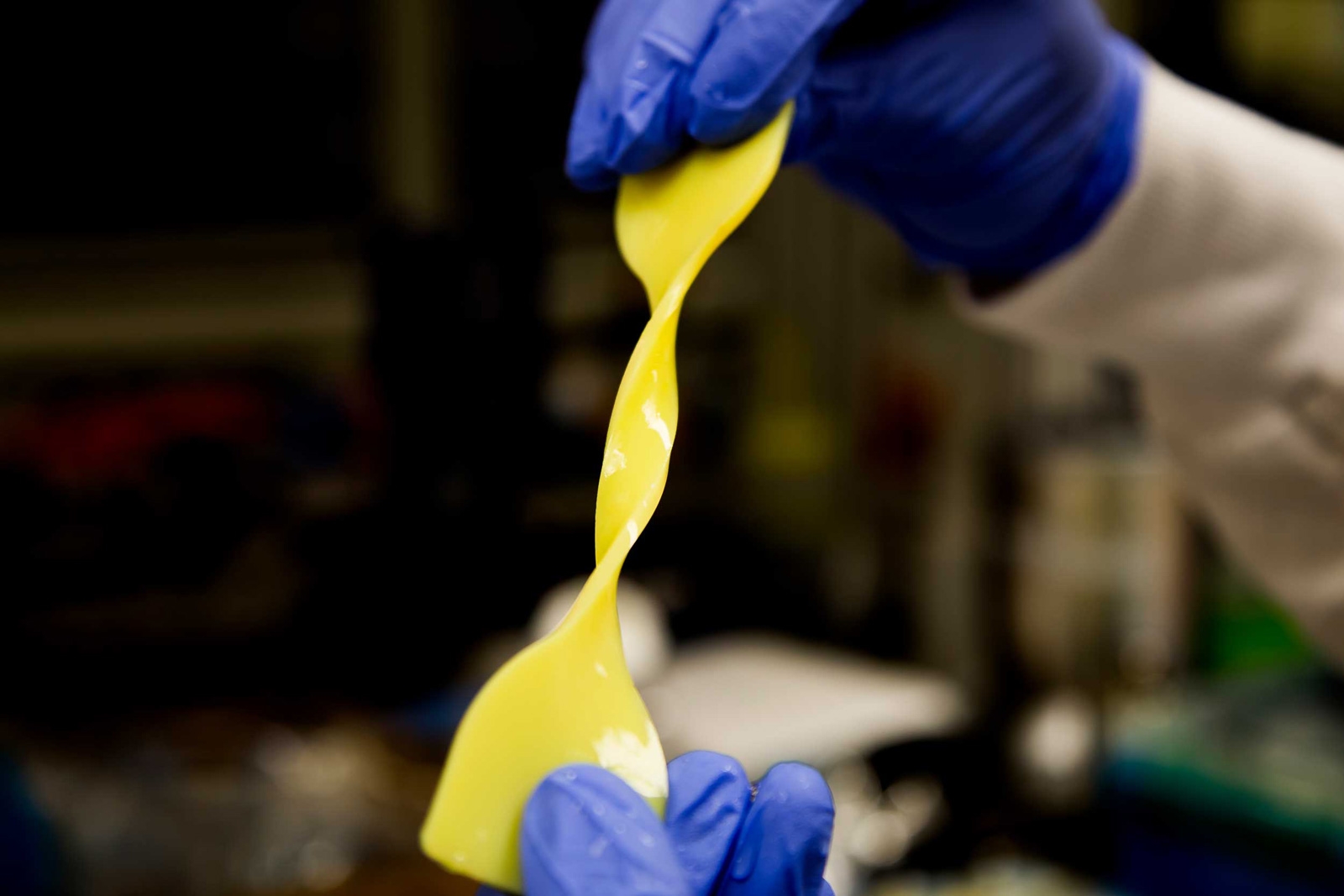It can be difficult to fully recover from knee injuries or other damage to your joints, if just because there hasn’t been an artificial replacement for cartilage that can withstand as much punishment as the real thing. That may not be an issue in the long run, though: scientists have developed a Kevlar-based hydrogel that behaves like natural cartilage. It mixes a network of Kevlar nanofibers with polyvinyl alcohol to absorb water at rest (like real cartilage does in idle moments) and become extremely resistant to abuse, but releases it under stress — say, a workout at the gym.
You don’t even need a lot of it to replicate a human body’s sturdiness and overall functionality. A material with 92 percent water is about as tough as real cartilage, while a 70 percent mix is comparable to rubber. Previous attempts at simulating cartilage couldn’t hold enough water to transport nutrients to cells, which made them a poor fit for implants.
There’s a long way to go before the material becomes useful. Researchers are hoping to patent the substance and find companies to make it a practical reality. The implications are already quite clear, mind you. If it works as well in patients as it does in lab experiments, it could lead to cartilage implants that are roughly as good as the real tissue they replace. A serious knee injury might not put an end to your running days.
(35)

